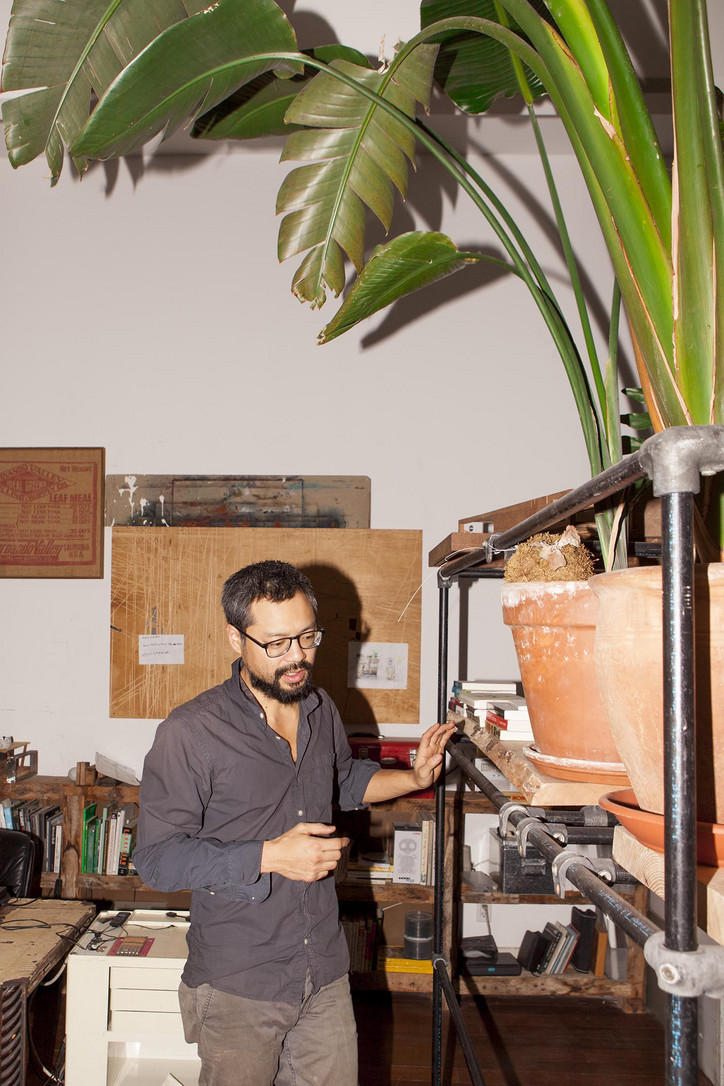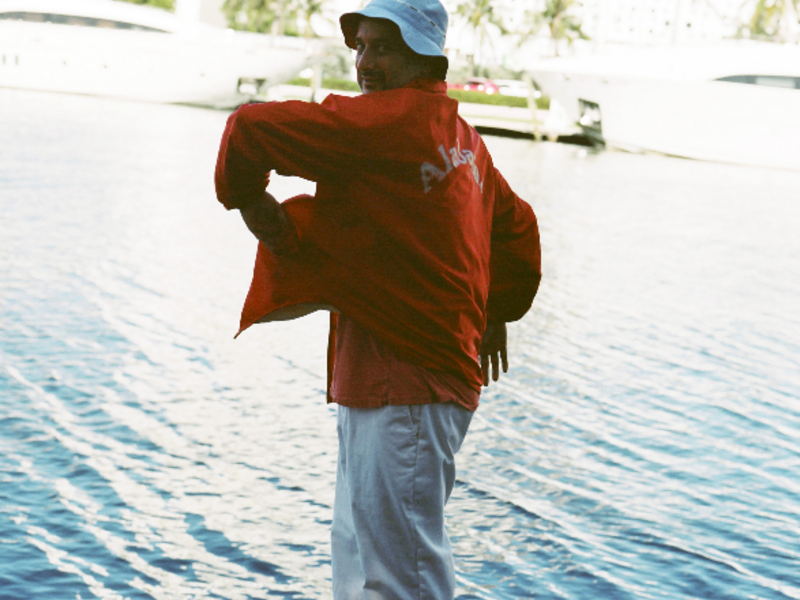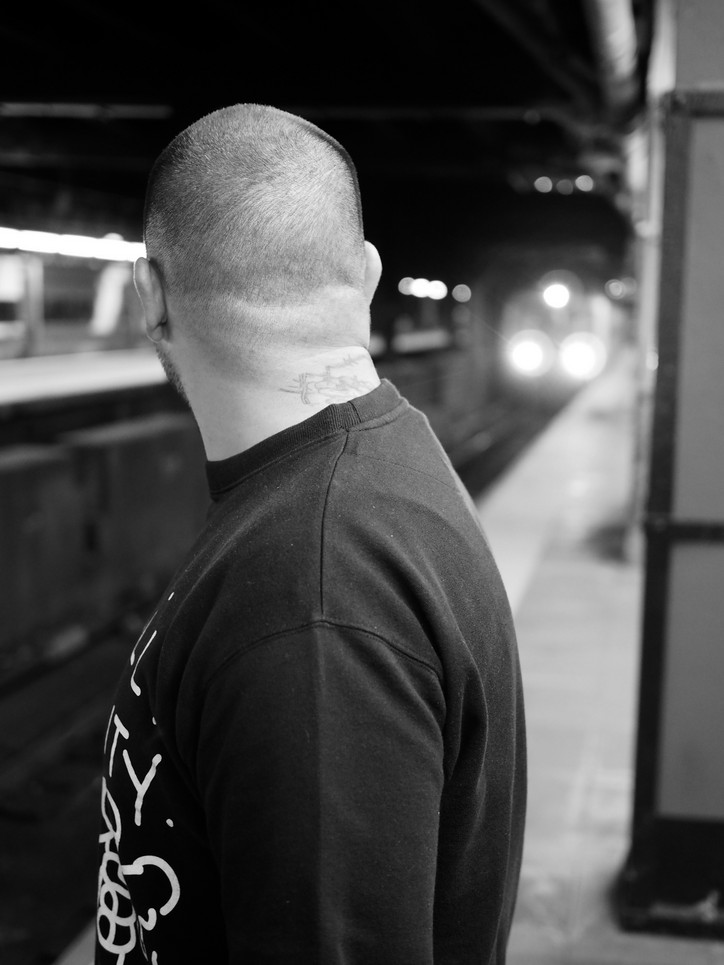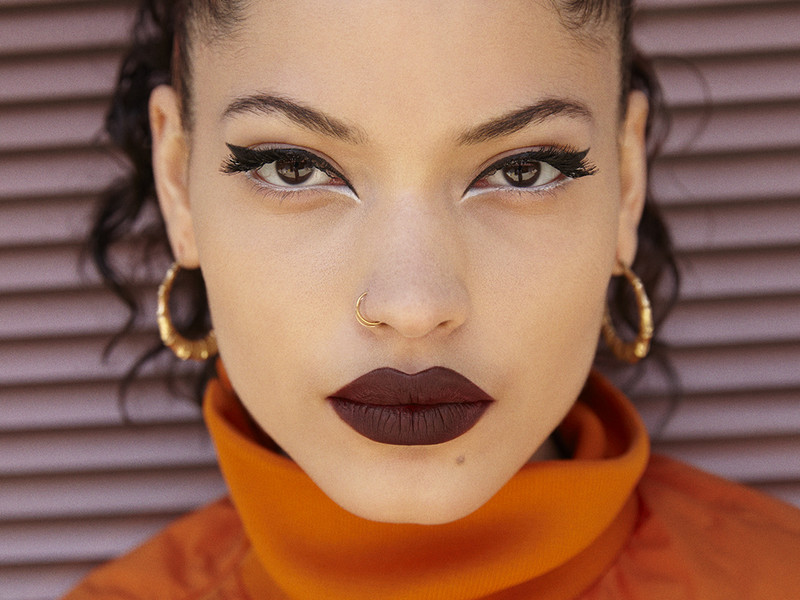We were lucky enough to have Bui participate in the office newsstand, now open at Canal Street Market. We met at the office office, where he was accompanied by his dog, Mio, to discuss his innovative work.
I read about your plant structures referred as different things, like architecture or plant cities. How would you describe it?
I call them "little micro-worlds." It's kind of taking the laws of science and looking at how ecosystems exist on every single scale. From galaxies to solar systems, to planets to far regions of the world, neighborhoods, and our own bodies. We have biomes in our stomach. And then you go even smaller. There's a whole scale of stuff that's all happening.
How do your structures work, exactly?
They work individually, just as simple sculptures, and they house plants. Or it could be sculptural artifacts. And then you can stack them on top of each other to make a bigger structure, if you so want to. But for these sets I think they work better as an individual unit.
Can you tell me a bit about the plant structures you designed for the office newsstand?
Yeah those are called Plant and Minis. They're miniature versions of the larger scale. This whole iteration is an exploration of different materials, of using wood and steel and concrete and copper, and then mixing in plants. So it's just using our every day industrial material and integrating plant life. It's a small representation of how we live in the city, or how we could be living in the city, if we were living with nature but with the stuff that we build around us.
You took part in the Lowline project, right?
Well I was more of an artistic collaborator. So I have a couple of art installations there right now. I helped them with their Kickstarter, and actually I did create a black version of a plant mini for their Kickstarter campaign, which they successfully funded last year. I helped them out with that.
Do you think New Yorkers, or people that live in cities, in general, should interact more with plant life?
It kind of goes without saying. I think we always thought of a city as built environment, but now we have to integrate nature as a part of life. It should be almost invisible. Even our next generations are not gonna think about plants, they're just gonna be like, "Oh, it's here. We've always lived with it." I think consumption patterns are changing. Instead of people buying CDs or t-shirts or another whatever, people are really spending money on plant life, and that's taken more of the surface area of our homes.




























